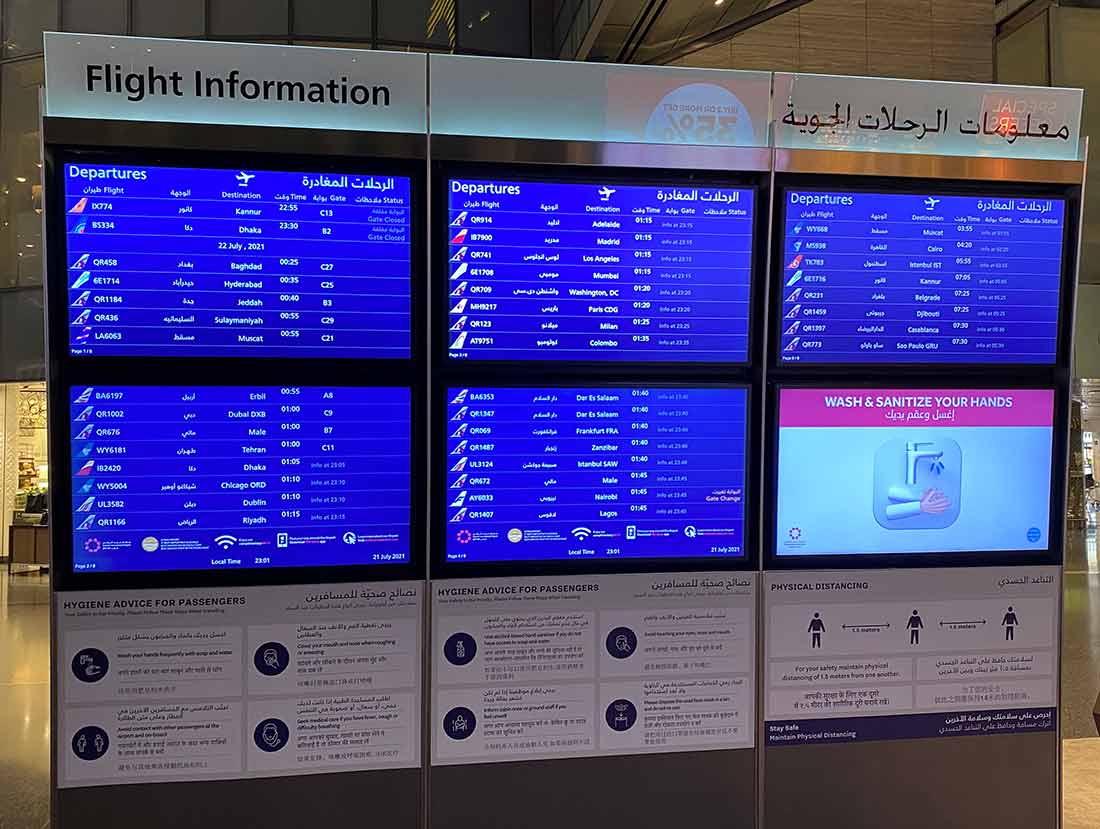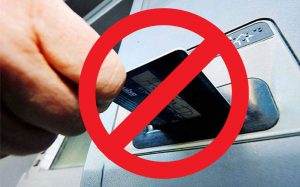Over the years we have seen and heard many mistakes made by clients when they were heading to Tanzania. Many of them were avoidable. So without further ado, here are the top 5 mistakes people make when booking their Kilimanjaro climb.
#1: AVOID CONFUSION
 The first of the mistakes people make when booking their Kilimanjaro climb is to contact too many operators. We know it is difficult to decide on which operator to choose since there are easily over 200 of them. How can you choose? A few ways to narrow down the number of operators is to first go to the Kilimanjaro Porters Assistance Projects website. There you can see the list of reputable operators that take care of their porters.
The first of the mistakes people make when booking their Kilimanjaro climb is to contact too many operators. We know it is difficult to decide on which operator to choose since there are easily over 200 of them. How can you choose? A few ways to narrow down the number of operators is to first go to the Kilimanjaro Porters Assistance Projects website. There you can see the list of reputable operators that take care of their porters.
Choosing the right operator is the most important decision you can make to make sure your climb is both safe and successful.
Not everyone will summit and your odds greatly decrease if you choose the wrong company to climb Kilimanjaro.
Many people get confused because they choose to cut and paste emails to many companies. This is both lazy and can get cumbersome.
Many times we have to spell out to people exactly what we offer and don’t offer and they will argue with us when all along they were thinking of another company.
To avoid this confusion, send out just a couple of emails, or better yet, fill out their online form so you get an email response and accompanying literature to sort through later.
After all, it is your trip and you should have some knowledge about what you are doing, what gear to bring, how to pack, and how to train since climbing Kilimanjaro is a difficult and dangerous adventure.
#2: COMMUNICATE WITH US
The second biggest mistake people make when booking is not communicating with us when things change from the original booking form.
For example, not letting us know about a change in flight times.
Another mistake is not communicating extra nights’ lodging or food allergies.
We can’t pick you up without knowing your arrival time. If your flight arrives in the middle of the night and you haven’t booked additional lodging, we won’t pick you up. We do not want to be responsible for finding lodging for you in the wee hours of the morning.

If your flight arrives at let’s say 2:00 AM on the 5th (and many do) then you’ll need to book a room for the 4th. If you let us know in advance we can book another night at the hotel.
This one is easy to solve. You just have to email or call us before you arrive. Keep us posted when you need to make changes and fill out the required forms.
Keep in mind we are 10 hours behind Tanzania, so call the emergency number we have listed in both the confirmation email and guidebook if something goes wrong along the way.
#3: DO YOUR HOMEWORK
When going to Africa and climbing Kilimanjaro do your homework. You are spending thousands of dollars to travel halfway around the world. You need to know what to bring, where to go upon arrival, what exactly climbing Kilimanjaro entails, and even the location of Tanzania.
We have heard questions like “Do I have to wear a jacket if I am climbing in July?” or “Can I do a Serengeti horse backing riding safari?” If the people asking these questions had done a little research, they would know that yes, you need a jacket. Tanzania is in the Southern hemisphere and July is the middle of winter. Additionally, the mountain is 19,341 feet tall and is usually cold, covered in snow, and windy at the summit. Temperatures can potentially be below zero degrees Fahrenheit. As far as horseback riding in the Serengeti—riding food through tall grass near predators such as lions, hyenas, jackals, and cheetahs is within the realm of possibility to end up badly.

So how can you avoid making these mistakes? Research. Read the confirmation emails, itineraries, website, and guidebook. Ask questions. One type of question we get all the time is “What do I need to know?” or “What things can you tell me that I am not thinking of?” First of all, we are not mind readers, we don’t know what you know. Secondly, write out a list of questions after you have read the provided materials, read the FAQs, and blog posts on our website then email us.
#4: MONEY
 Make sure you bring enough money on your trip. ATMs are not readily available and credit cards are not usually accepted unless it’s a large store, restaurant, or market. They also may charge a foreign transaction fee.
Make sure you bring enough money on your trip. ATMs are not readily available and credit cards are not usually accepted unless it’s a large store, restaurant, or market. They also may charge a foreign transaction fee.
Bring enough cash for tipping, souvenirs, rental gear, and food.
Most of the street vendors, local businesses, restaurants, rental gear, and tips can be paid with US Dollars. Make sure they are 2009 and newer, undamaged bills. Not even the bank will exchange damaged money.
So how much should you bring? We recommend at least $800 or more depending on what your trip consists of. ie climb or climb and safari.
The money should be a couple of $100 for tipping since the exchange rate is better on larger bills.
You should also bring $20s, $10s, $5s, and at least 40 $1 for tipping. You’ll want to tip the porters that carry your luggage from the vehicles to your rooms and have the cash to pay your laundry bill, for dinner, etc.
On a side note, they can even launder your hiking shoes. It’ll shock you how clean they will be, they’ll look brand new.
#5: PACKING TOO LIGHT
Finally, the fifth mistake people make is not packing enough comfort items. We give a recommended list of gear to bring. Keep in mind, that we are avid outdoorsmen and ultralight backpacking is how we roll. We can easily do a five-day Sierra Nevada backpack with a pack that weighs only 25 pounds. Even with a bear canister. So if you are not used to roughing it, we recommend bringing extra socks, base layers, warm layers, snacks, camp slippers, and lots of warm fleece.

FINAL THOUGHTS
So there you have it, these are the top five mistakes people make when booking their Kilimanjaro climb. Now that you know, try to avoid making these same mistakes to make your trip a much more enjoyable one.


